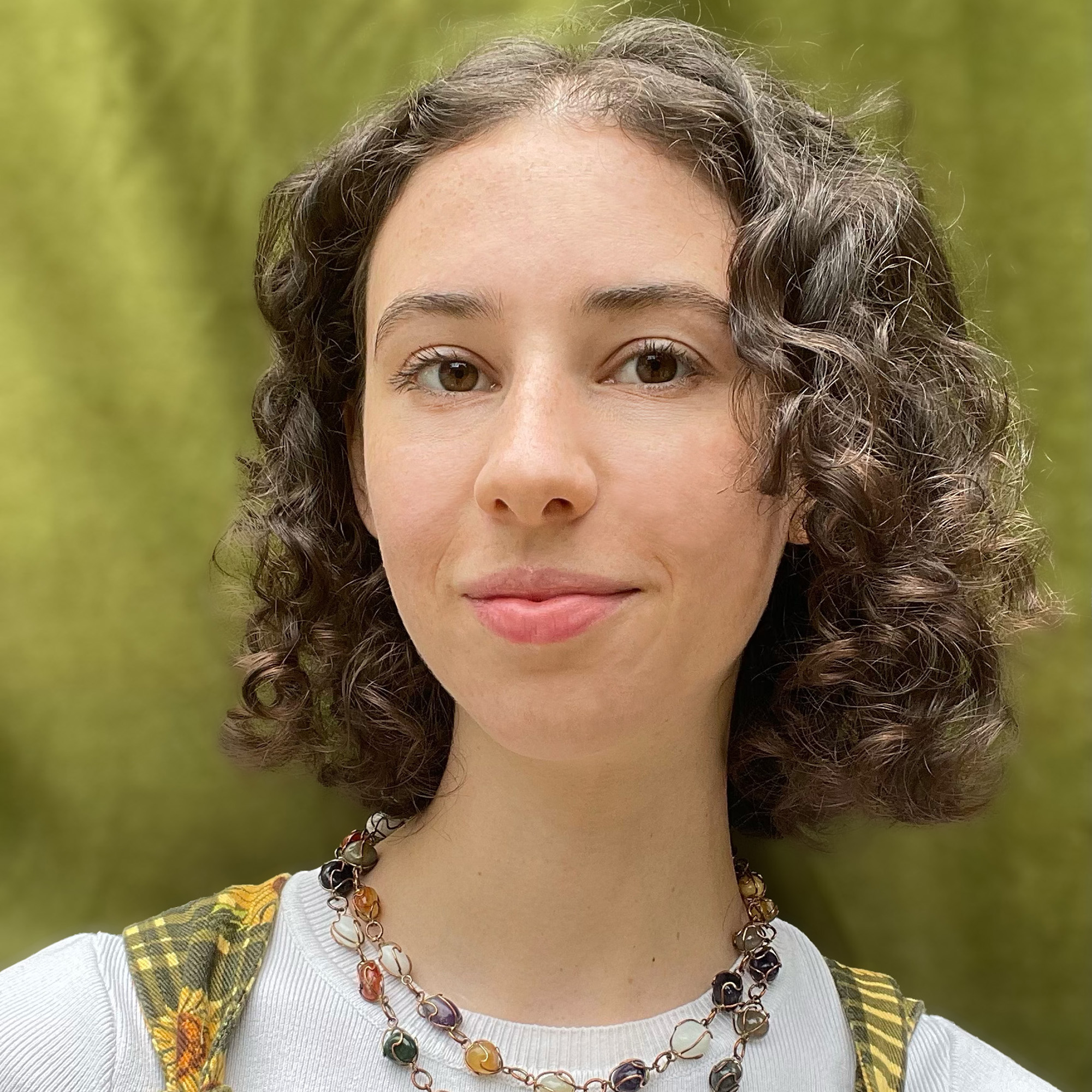Plot 24
Category: Interior
Competitions: Home Competition 2025
Titled Plot 24, this 100% naturally dyed, 100% British wool handwoven textile collection explores my allotment as an example of regenerative food, fibre and natural dye systems for textiles. Combining ancient dyeing/fibre knowledge with craft skills and modern design aesthetics to produce a playful collection of handwoven luxury homeware fabrics, for application as blankets and throws that showcase the vivid potential of plant colour. This collection uses wool as a mono-material, with a focus on the traceability of local British wool certified yarns. Examples of this include Romney Marsh Kent grown wool coloured with my own Kent grown dye plants such as Japanese indigo blues, madder reds and weld yellows. Creating British value chains of fibre and colour that support local agriculture, protect local landscapes through regenerative farming practices and champion local craft knowledge and skills. By focusing on designing with natures timelines, that year’s dye colours and unique fibre qualities to produce seasonal products, I aim for my collection to be a small-scale example of decentralised textile systems and prove that sustainability doesn’t have to compromise aesthetic. Aesthetically I align my handwoven homeware textiles with British brands like Wallace Sewell, who champion local manufacturing through contemporary design to create bold interior textiles, however I believe there is opportunity to apply vivid natural dye colour in place of synthetics in this context. Tier 2 manufacturing responsible for dyeing, finishing, and processing accounts for 52% of the fashion and textile industry's CO2 emissions as well as water and chemical use. Therefore, it is critical for designers to think beyond the fibre, to its coloration and finishing, when it comes to implementing sustainable design practices. There is scope for scale beyond my allotment plot of cultivated dye colour and fibre from a business perspective. This is evident by companies like Pigment Organic Dyes growing dye plants on a human scale farm setting, the processing of dyes at medium scale evident by plant dye ventures like Green Matters and brands that culminate all elements into textiles like Story MFG. This increased viability for sustainably coloured textile ventures is proved by how ‘day by day in the export market demands for natural dyed textiles are being increased’ (Samanta, Awwad and Algarni, 2020, p.76). My work proves the application and vivid colour range of homegrown plant hues to luxury interior fabrics, with proposed application to more commercial markets through greater collaboration between agriculture practices and textile product creation within artisan economies. All while creating contemporary textile products that feel visually exciting in their look and feel.

